
Google first took a chance on the mid-range smartphone market with 2019’s Google Pixel 3a, and it was a device that hit all of the right notes. But now, the Pixel 3a has reached the end of its lifespan, and that’s just in time for the Google Pixel 6a, which is a value-packed replacement with the power of a flagship.
Hardware |
A familiar formula
Google’s A-series lineup started as a trim-down version of a flagship, with some obvious areas to cut. The Pixel 3’s delightful matte-glass body was swapped for plastic, the display was of lesser quality, and so on.
With the Pixel 6a, that formula largely remains the same. The glossy glass body of the Pixel 6 is mimicked with a glossy plastic backing, and the Gorilla Glass Victus from the flagship device is swapped for Gorilla Glass 3. But really, those don’t take away from the experience.
The plastic body of the 6a helps it become a significantly lighter smartphone, which I’ve actually quite liked. Picking up my Pixel 6 Pro in the midst of this review period reminded me just how hefty that phone is by comparison. And while the plastic body of the Pixel 6a is very much plastic, it doesn’t feel cheap. It emulates the look and feel in hand of the standard Pixel 6 quite well. I’m also a huge fan of the matte black rails of the 6a, as well as Google’s new “Sage” color. It’s not particularly flashy, but it looks great, and it’s neat that the color shifts a bit based on the lighting. In bright, warm lighting the phone looks a bit pale, but the green color pops out in the shade or cooler lighting.
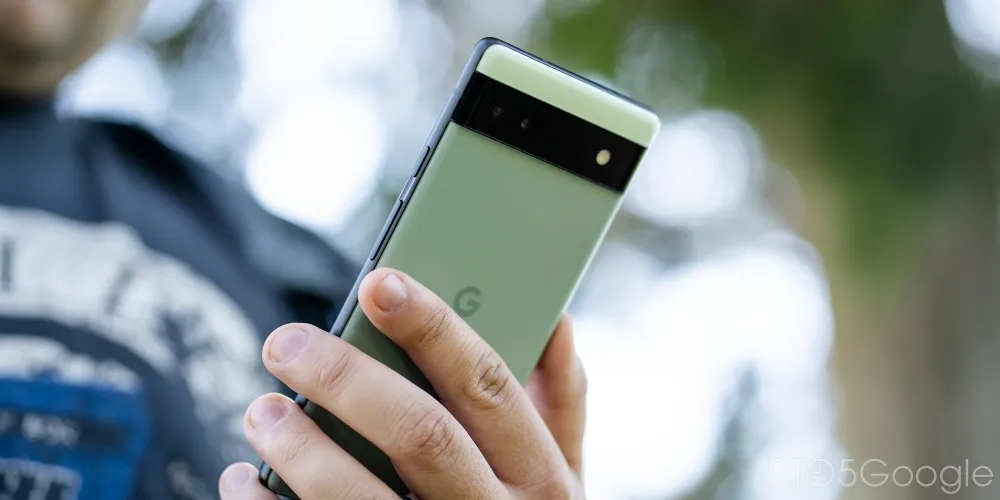
You can’t go wrong with this display
The display on the Google Pixel 6a is one that can’t really be faulted much. It’s a tried and true formula, after all. OLED, decent brightness, and no issues with touch response during our testing.
The biggest downside is the 60Hz refresh rate, which feels polarizing compared to most of today’s other smartphones, and the rest of Google’s Pixel 6 lineup.
Cutting down the refresh rate of the display makes the Pixel 6a feel just a tad slower than it actually is, but both my colleague Abner Li and I got used to the slower refresh rate in a matter of hours. Just like before these higher refresh rates came onto the scene, you don’t really know what you’re missing unless you put them side-by-side.
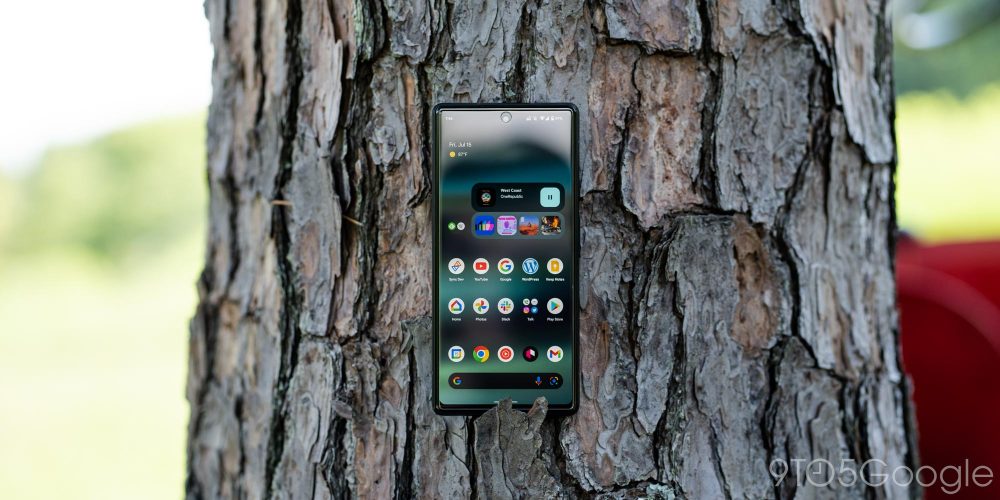
Do I wish Google had used a 90Hz display on the Pixel 6a? Sure! It definitely would have improved the experience. But at $449, it’s an obvious area to cut, and I’m happy to see those savings go towards the Google Tensor chip under the hood instead.
I will add, too, that the glass on the display presents some issues. First, I found that, at least in my case, it picked up scuffs tremendously easy. I managed a small hairline scratch in under 24 hours, leaving to a screen protector being installed immediately. Abner’s phone is still pristine, though. Further, the oleophobic coating on the display was not good, at least on my unit. But hey, at least it’s a flat piece of glass, making screen protectors cheap and easy.
And let’s not forget that it’s smaller
There’s another key thing about the Pixel 6a that some folks will love – it’s much smaller. The Pixel 6a with its 6.1-inch display measures in at 6.0-inch x 2.8-inch x 0.35-inch, smaller in every dimension to everything else in Google’s lineup. The Pixel 6 measures 6.2 height x 2.9 width x 0.4 depth (inches), and the Pixel 6 Pro at 6.5-inch x 3.0-inch x 0.4-inch.
On paper, these aren’t huge differences, but they add up to make a big impact. That said, there’s a blockiness to the Pixel 6a that makes the mid-ranger feel decidedly not modern, especially in comparison to the Pixel 6 Pro’s smooth curvature. It’s not different from the Pixel 6, but works slightly better because everything is more compact.

The Pixel 6a is not a small phone, but it’s absolutely manageable. I’d describe, at least for me, as a phone that feels comfortable. The Pixel 6 Pro usually in my pocket can sometimes feel cumbersome, and even the regular Pixel 6 is a big, pretty heavy phone.
And our editor-in-chief Abner Li agrees.
With last fall’s flagships, I went for the big Pixel after six years of small phones. As such, using the Pixel 6a has been an absolute delight in terms of grip, the light weight, and pocketability. I genuinely don’t long after the extra screen real estate and I definitely don’t miss having the 6 Pro falling on my chest with a thump. For those in a familiar dilemma, I’d say to go for physical comfort rather than assuming you’ll get any productivity gains from a larger screen.
Google nailed the balance with the Pixel 6a, and it’s something you really notice the moment you pick up the device for the first time. It’s light and the right size, but it’s not too small either. It’s not as delightful as some of Google’s past mid-range phones, but at this point, I’ll take it.
Software & Performance |
Google’s usual flavor of Android that will last for years to come
The Pixel 6a runs the April security patch out of the box as of the July 28 launch. It’s still on Android 12L instead of QPR3, which brings minor UI changes. As such, the Security Hub will warn you that “this device hasn’t had a security update in 90 days” and prompts you to update though nothing is available yet. This is not an ideal situation, but Google tells us the first Pixel 6a update is in early August, and Android 13 should also be right around the corner.
But looking past the launch software, the Pixel 6a’s package is pretty much the same as any other Google phone. Android 12’s delightful Material You is here and just as good as on Google’s flagships. And more importantly, you’re still getting that same suite of Pixel-exclusive features.
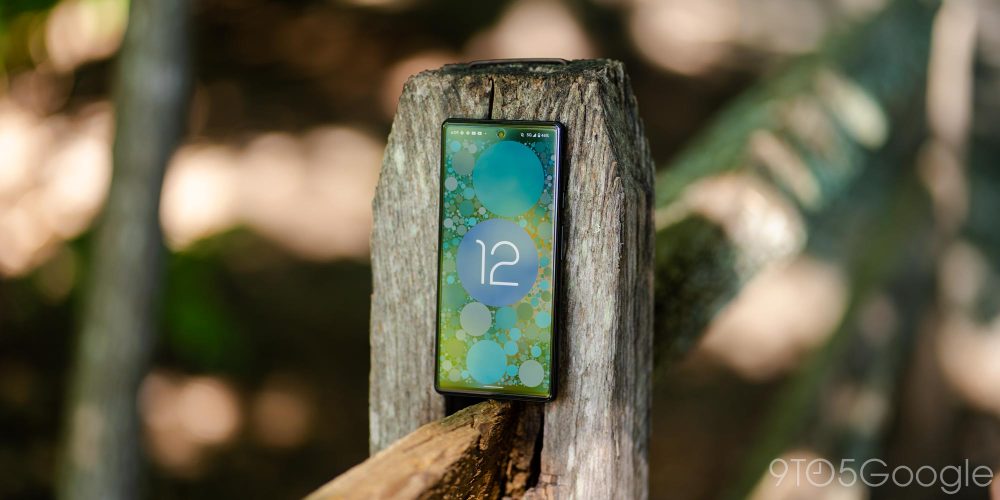
Call Screen remains incredibly useful for dealing with a barrage of spam calls for people trying to buy my house, Google Assistant’s speedy iteration on the Pixel is great, and Gboard’s faster and more accurate voice typing works just as well on the Pixel 6a as it does on Google’s flagships – that’s to say it’s the best in the game today.
Really, the experience is barely altered from the Pixel 6 and Pixel 6 Pro, so check out our full breakdown of Google’s latest software goodies from that review last year.
The one new feature arriving alongside the Pixel 6a, but is soon to come to the rest of the lineup, is “Camouflage” in the Google Photos app. This expansion of Magic Eraser was announced back at Google I/O with the ability to mute the colors of objects in the photo so they don’t distract from the subject. We’ve only tested this feature briefly, but it does exactly what Google claims, and with decent results.

Google also added a handful of wonderful new wallpapers with the Pixel 6a that are fun and work well with Material You.
But looking past the features, it’s the support timeline that deserves your attention. While many Android manufacturers are quick to stop supporting mid-range devices, the Pixel 6a is getting the same support as the rest of Google’s flagships. At least three years of major Android updates, and five years of monthly security updates.

Only Samsung rivals that promise, but it doesn’t apply to all of the company’s mid-range phones.
You could certainly get a cheaper phone than the Pixel 6a, but it won’t see the same support, or even the same value ratio. A Pixel 6a used throughout its entire supported lifespan will cost less than $100 per year. The popular OnePlus Nord N20 is a much cheaper device at under $300, but its shoddy update promise of one major Android update and “regular” security updates for two years means that phone costs around $150 per year of its supported lifespan.
Tensor holds up, but the RAM doesn’t
The other thing to consider with the Pixel 6a is that it’s not just your average mid-range smartphone. It’s running a flagship processor in Google Tensor, the same exact chip found in the Pixel 6 and Pixel 6 Pro.
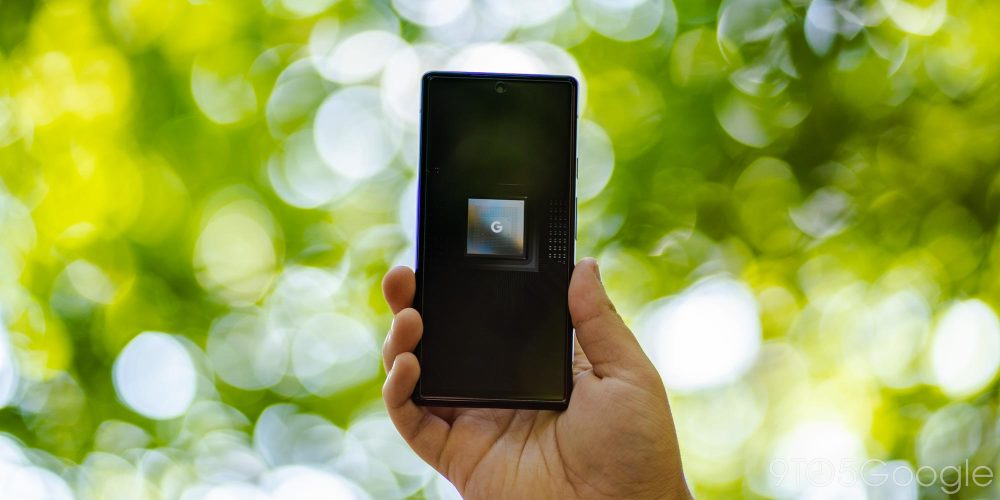
And really, it shows. The Pixel 6a holds up in day-to-day use, powering through most tasks without any issues. But it doesn’t feel exactly like the company’s flagships. As our Damien Wilde put it, the Pixel 6a feels like a Pixel 6 that’s on battery saver mode.
Why?
The 60Hz display is certainly one element that makes the Pixel 6a feel a bit slower, but the main culprit we’ve found is with the RAM, and specifically the RAM management. The Pixel 6a has 6GB of RAM, just like the Pixel 5a before it. But both Abner and I have noticed that the phone tends to offload apps in the background remarkably quickly. We’ve seen apps reload in as little as a few minutes, even with just three or four in the hot seat. Three of our team members – Abner Li, Damien Wilde, and myself – have all noticed that apps reload much quicker than expected, though it’s not quite as bad as Google’s RAM management issues in the Pixel 3 days.
This issue isn’t really a deal-breaker in our view, but it takes away from the experience and just feels off. 6GB of RAM is plenty for Android 12 to flex its muscle, and paired with Tensor, it should lead to a smooth experience. Hopefully, some optimization work in future updates will improve on the RAM management issues we’re seeing.
We reached out to Google with bug reports and the company is still investigating.
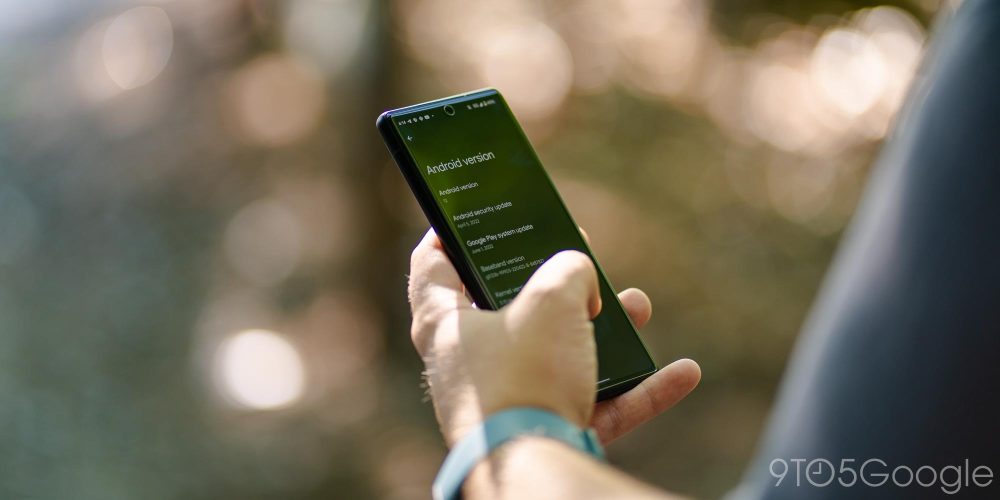
On the note of Google Tensor, let’s discuss network performance. This is an area where Pixel 6a felt middling at best, which isn’t a surprise given all we’ve seen about the Pixel 6 and Pixel 6 Pro since they first debuted.
In my time with the phone, I was left unimpressed, but also not disappointed by the network performance. I distinctly noticed in rural areas that the Pixel 6a would lose its connection on Google Fi much quicker than my Galaxy Z Fold 3, and I even stumbled on some Wi-Fi hiccups throughout my review period – though I’d be just as willing to attribute that to Spectrum being incredibly unreliable and terrible in my area lately.
While it’s unfortunate to say, the Pixel 6a just isn’t the phone to buy if network performance is something crucial to your day. If you’re in a city or well-covered area most of the time, you’ll be just fine. But if you live or work in a rural area with spotty coverage, the Pixel 6a will eventually be a source of frustration, or worse.
Google clearly needs to spend some time fixing its network performance on the Pixel 7 generation and Tensor 2, because as it stands today, it’s something that actively hinders the company’s phones.
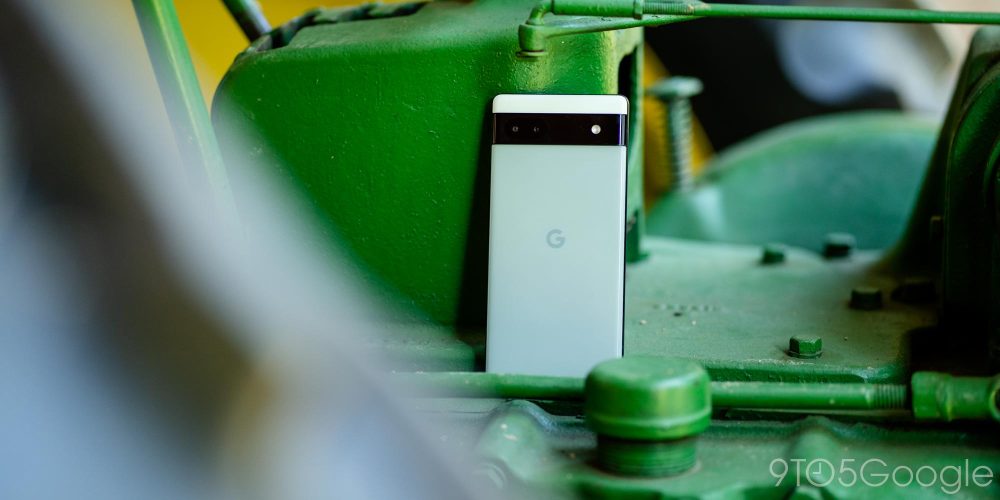
Battery Life |
Acceptable, but barely
The Google Pixel 6a is powered by a 4,410 mAh battery, which is not much smaller than the Pixel 6. With a smaller 6.1-inch display and a 60Hz refresh rate, I was expecting results to be roughly on par, if not a little better.
Unfortunately, that wasn’t the case.
My average day with the Pixel 6a consisted of the phone being used for surfing social media, responding to messages, and managing email while on Wi-Fi in my home office. In the afternoon, it would often accompany me for a round of disc golf at a local, somewhat rural course while the phone was on a mix of 5G and LTE on Google Fi, and it was also used with a wireless Android Auto adapter for around 30 minutes of driving. I usually hit 3-4 hours of screen time (as tracked by Google’s Digital Wellbeing since the company ruined Android 12’s battery tracker).
Generally speaking, I found that the Pixel 6a could last a full day, but would usually be begging for a charge around 10pm or so. On three of four days out of the 12 days I’ve been using the Pixel 6a, I found myself needing to plug in around 8pm, just because the device was circling the 20% battery saver.
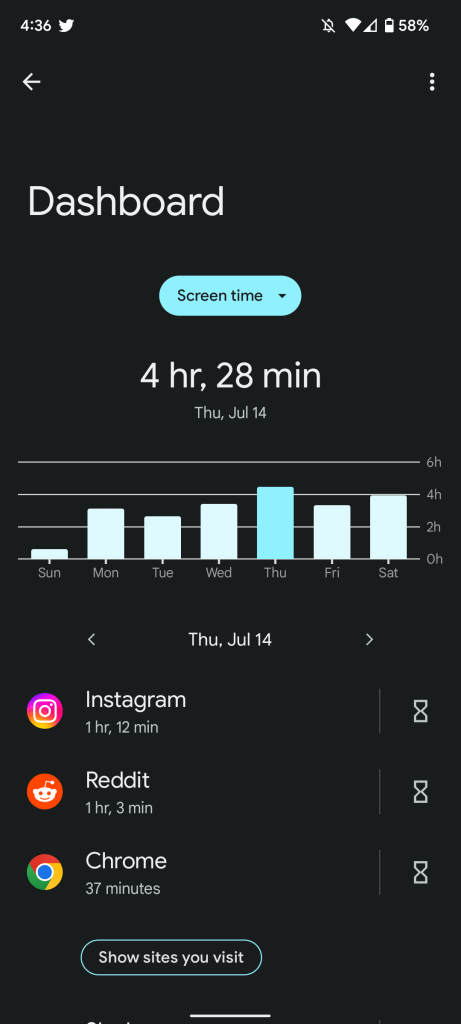

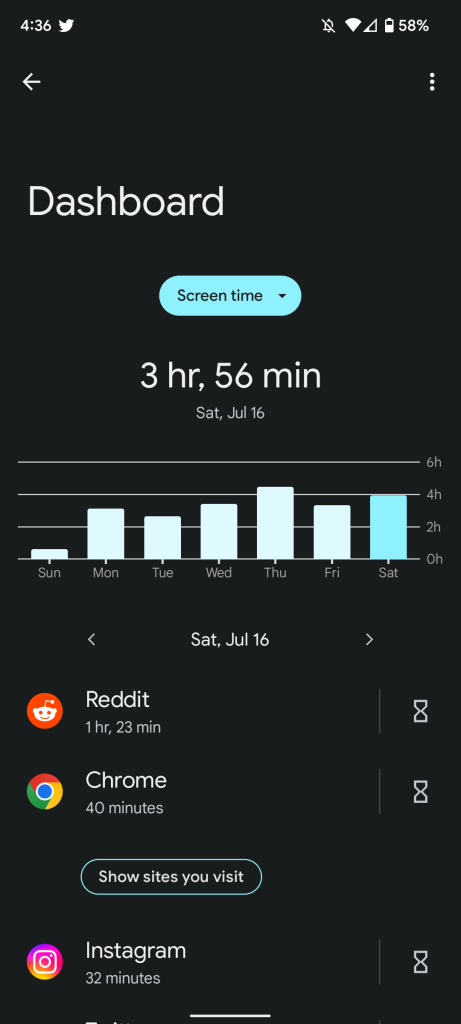
Is this bad battery life? In my book, no. It’s certainly better than what my Pixel 6 Pro or Galaxy Z Fold 3 can hit at this point, with both of those devices needing to be recharged by the evening most days in my use. The regular Pixel 6 far outclassed the Pixel 6a in this area in my use last year, which admittedly was a bit less intensive given the time of year. Using a cellular network is notorious for draining the battery on Google Tensor-powered devices, so I’m not really surprised to see more of an impact given my current daily life. But still, I can’t help but be a little disappointed.
By contrast, Abner reports that the Pixel 6a was “in line with a usual heavy workflow,” so your results may vary.
Seriously, how does this phone still not have wireless charging?
The charging situation on the Pixel 6a is unchanged from Google’s past few mid-range phones. You can recharge over USB-C at up to 18W. That’s a bit slower than the Pixel 6/Pro, but in our testing it’s plenty fast for most scenarios. Google claims “hours of power in just a few minutes.” That feels like a slight exaggeration, but plugging in for 20-30 minutes at full speed easily equates to at least 50% of the battery charged.
Faster wired charging would of course be appreciated, especially as the competition is headed upwards of 65W nowadays, but it also doesn’t feel needed.
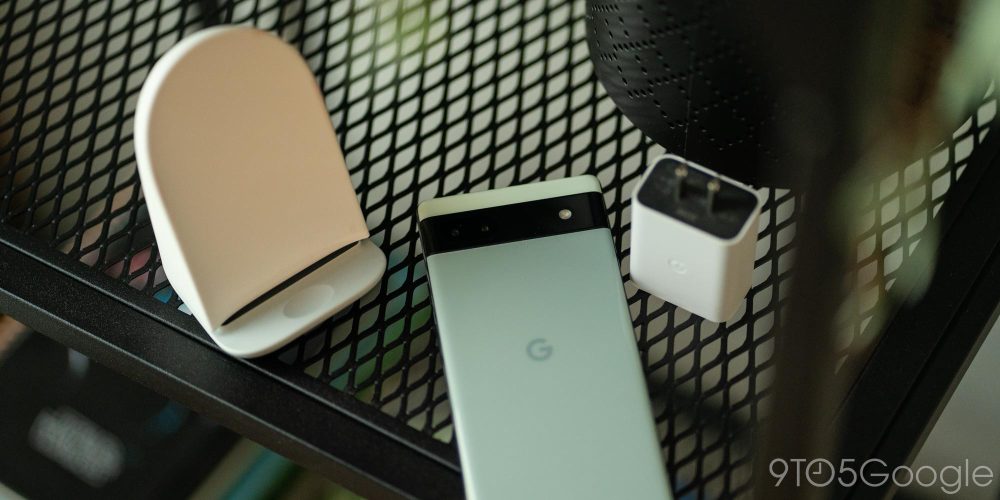
Rather, I’d prefer to see a more convenient form of charging. Google has always left Qi wireless charging out of its A-series phones, but it’s never felt as pointless to leave out as it does this time around. Where some older devices running on mid-range Snapdragon chips had legitimate reason to skip support for Qi, the Pixel 6a is fully capable of including wireless charging, meaning it was an active decision on Google’s end to leave the feature out.
And really, at this point, it feels totally artificial. Wireless charging isn’t a particularly expensive component, despite being a “premium” feature. The identically priced iPhone SE has support for Qi, and while it’s a minor note in the grand scheme of things, it’s crazy that Google is still limiting such a simple feature to its premium devices.
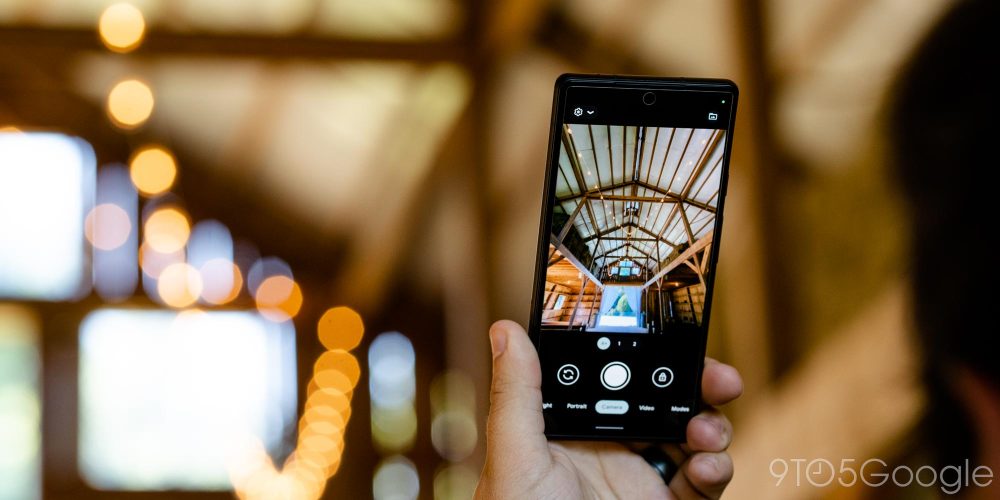
Camera |
Still stellar for a mid-range phone
The camera has always been the bread and butter of the Pixel lineup, and the Pixel 6a is no different. The phone packs two rear camera sensors, a 12.2MP primary camera and a 12MP ultrawide camera with a 114˚ field-of-view. Effectively, it’s the same camera package that the Pixel 5 offered, and that’s not a bad thing!
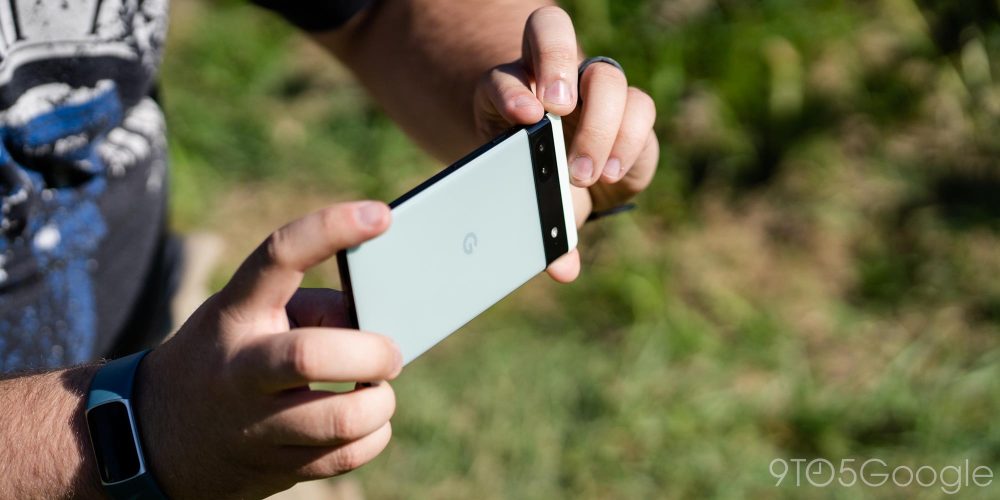
In general shooting, the Pixel 6a holds up well. It can capture plenty of detail in good lighting, and Google’s HDR magic produces stunning shots. The only areas where the camera really struggles is in less-than-ideal lighting conditions, and for zoom.


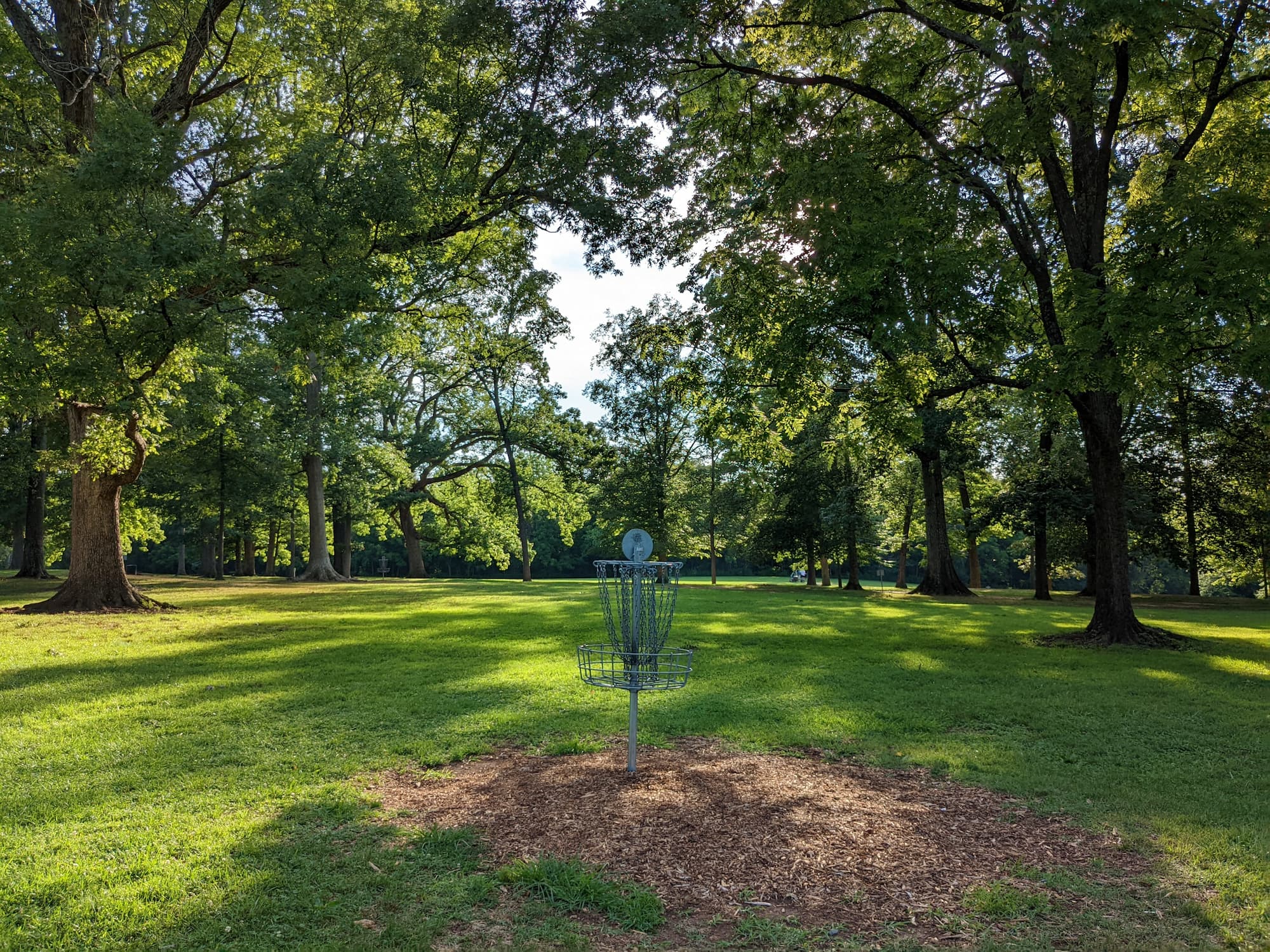
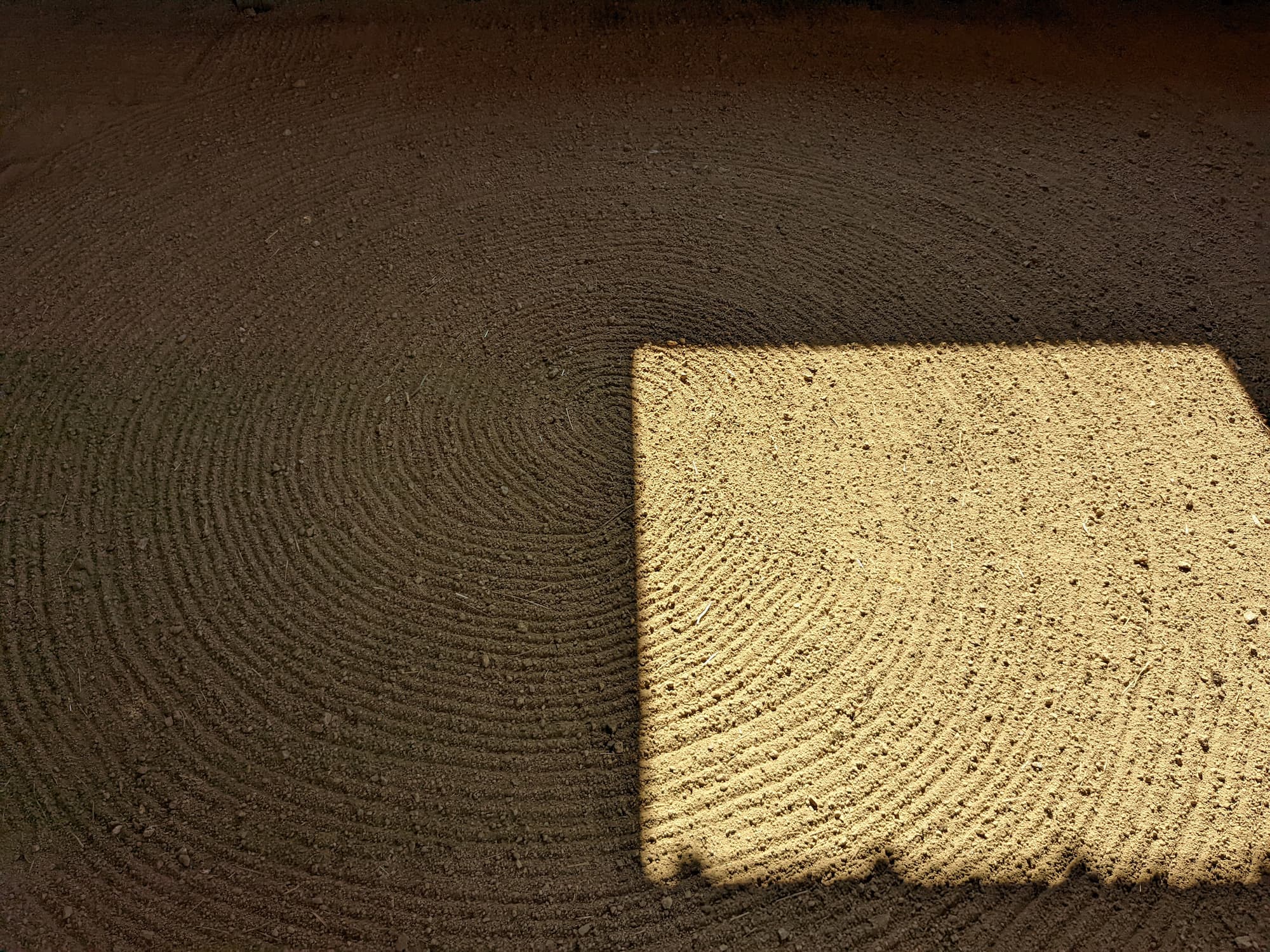
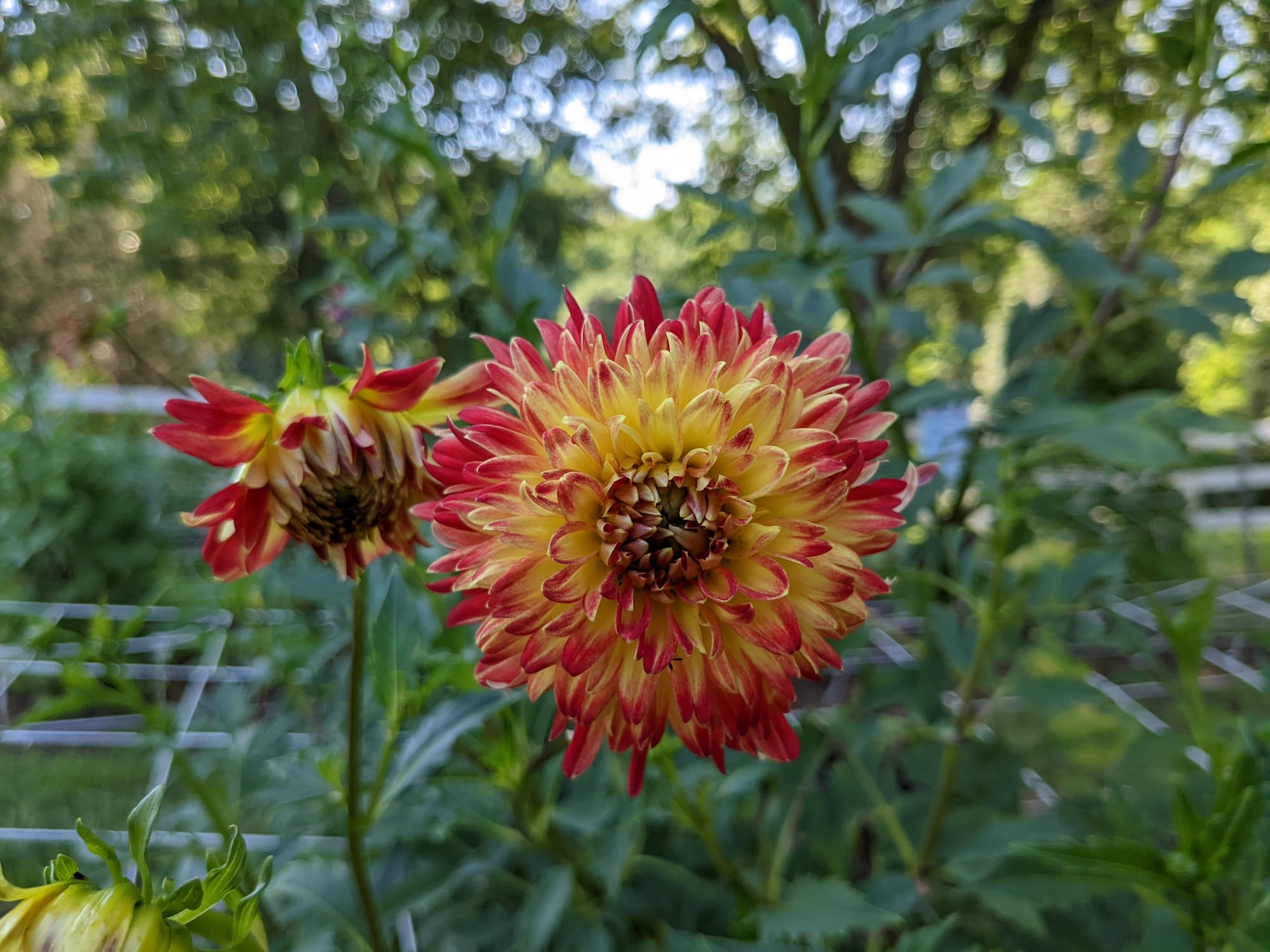

Click here to see full-size samples and videos
With the former, this really only rears its head when it’s not quite dark enough for Night Sight to kick in, but too dark for a quality shot. Generally, I find it occurs indoors, at night, but in a room with decent artificial lighting. With the latter, it’s unavoidable. Digital zoom is pretty terrible, even with Google’s optimizations, so going any further than 2x zoom really destroys an image quickly.

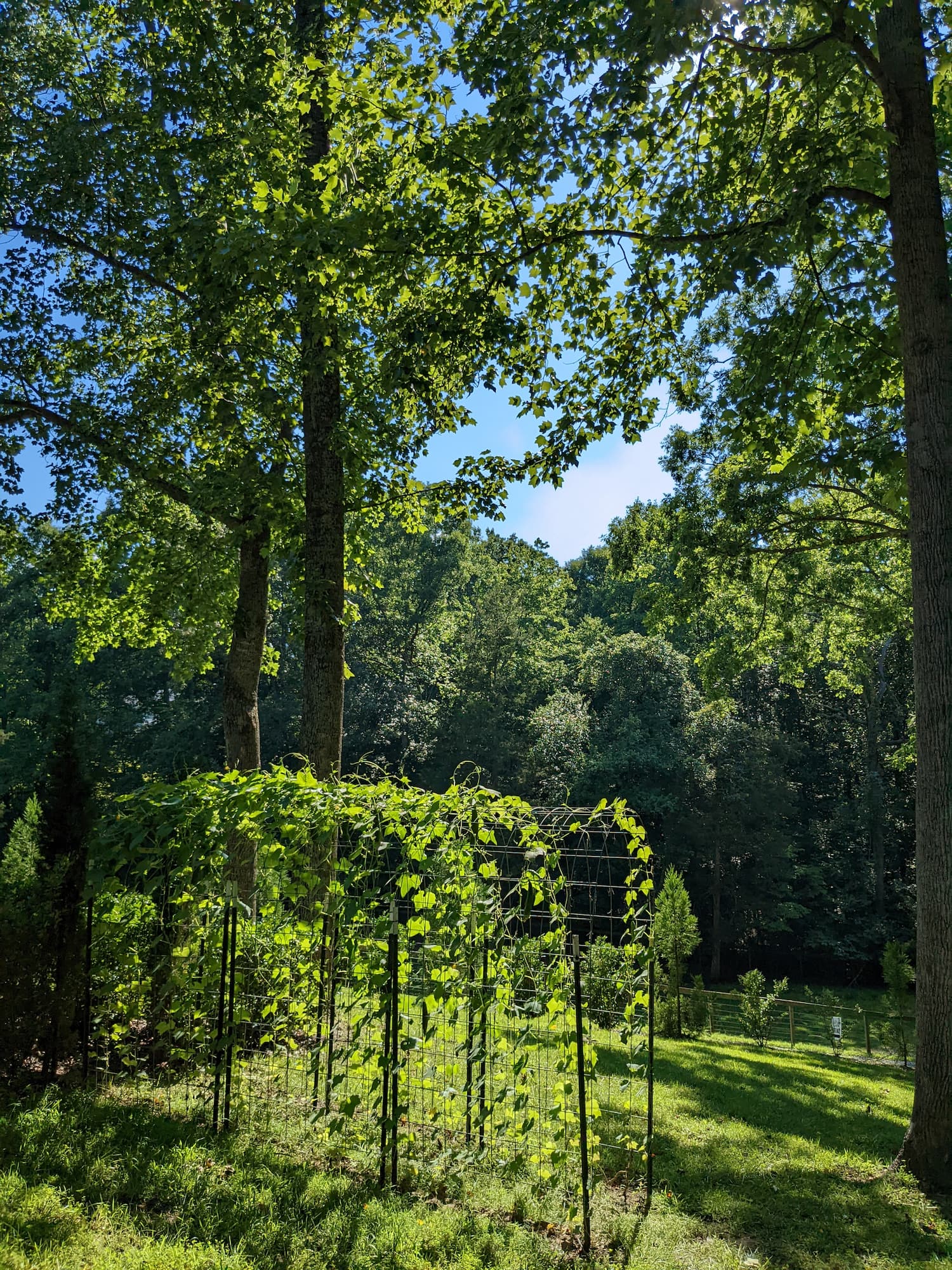
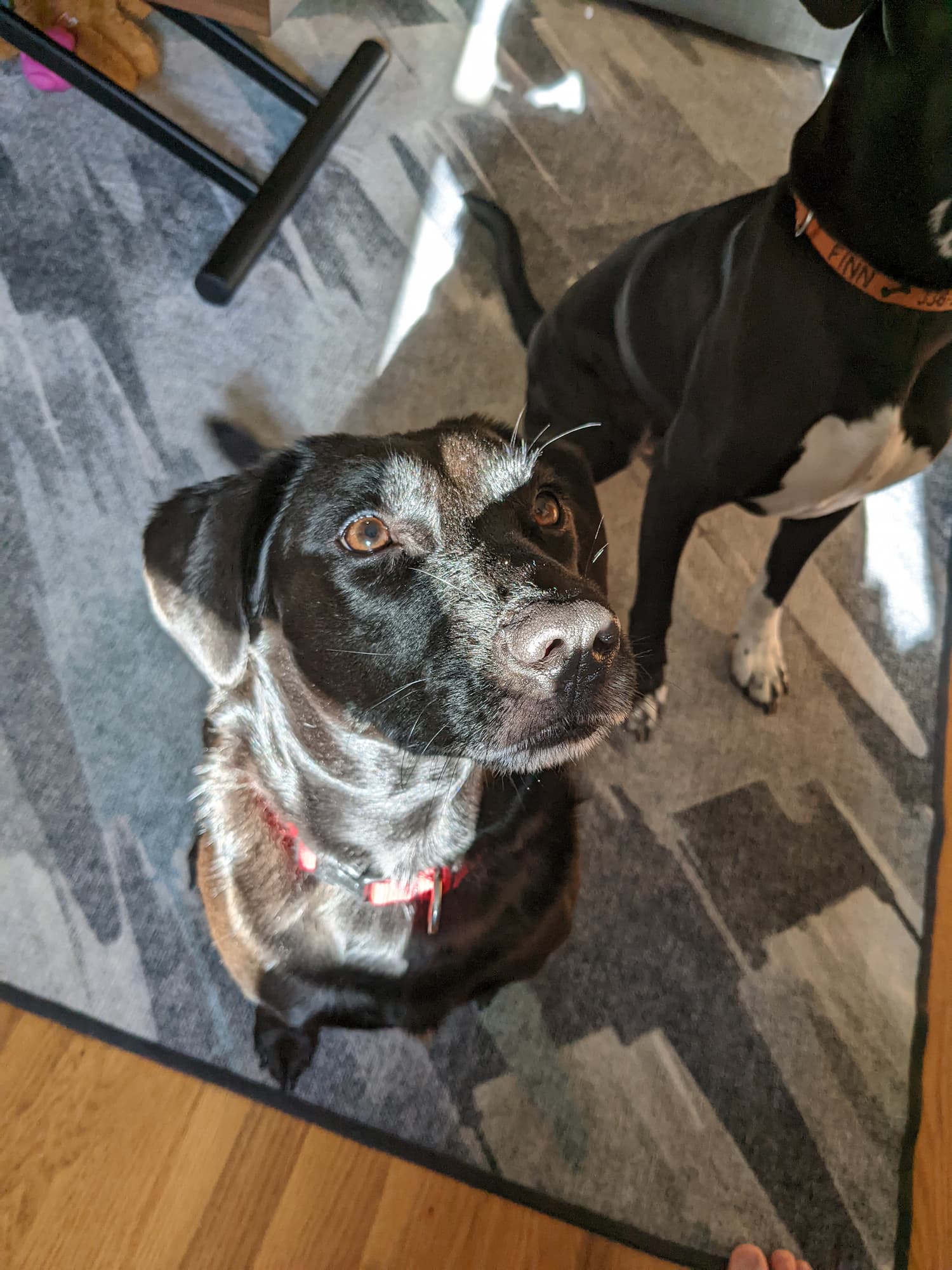

How does it compare to Pixel 6?
Looking at Google’s Pixel 6 and Pixel 6 Pro, this all really stings. Those phones have a new 50MP camera sensor which is sharper, better at digital zoom, and better in low-light conditions even without software helping out. Those phones also produce noticeably better video, an area where the Pixel 6a is less than impressive.
But at the same time, the Pixel 6a holds its own. Even putting two images side by side, the Pixel 6a manages to capture a lot of the same core elements as the Pixel 6 Pro. Shots are a bit less detailed, bokeh looks a bit less natural, and the 6a leans a little cooler than the Pro, but these are both very capable cameras.

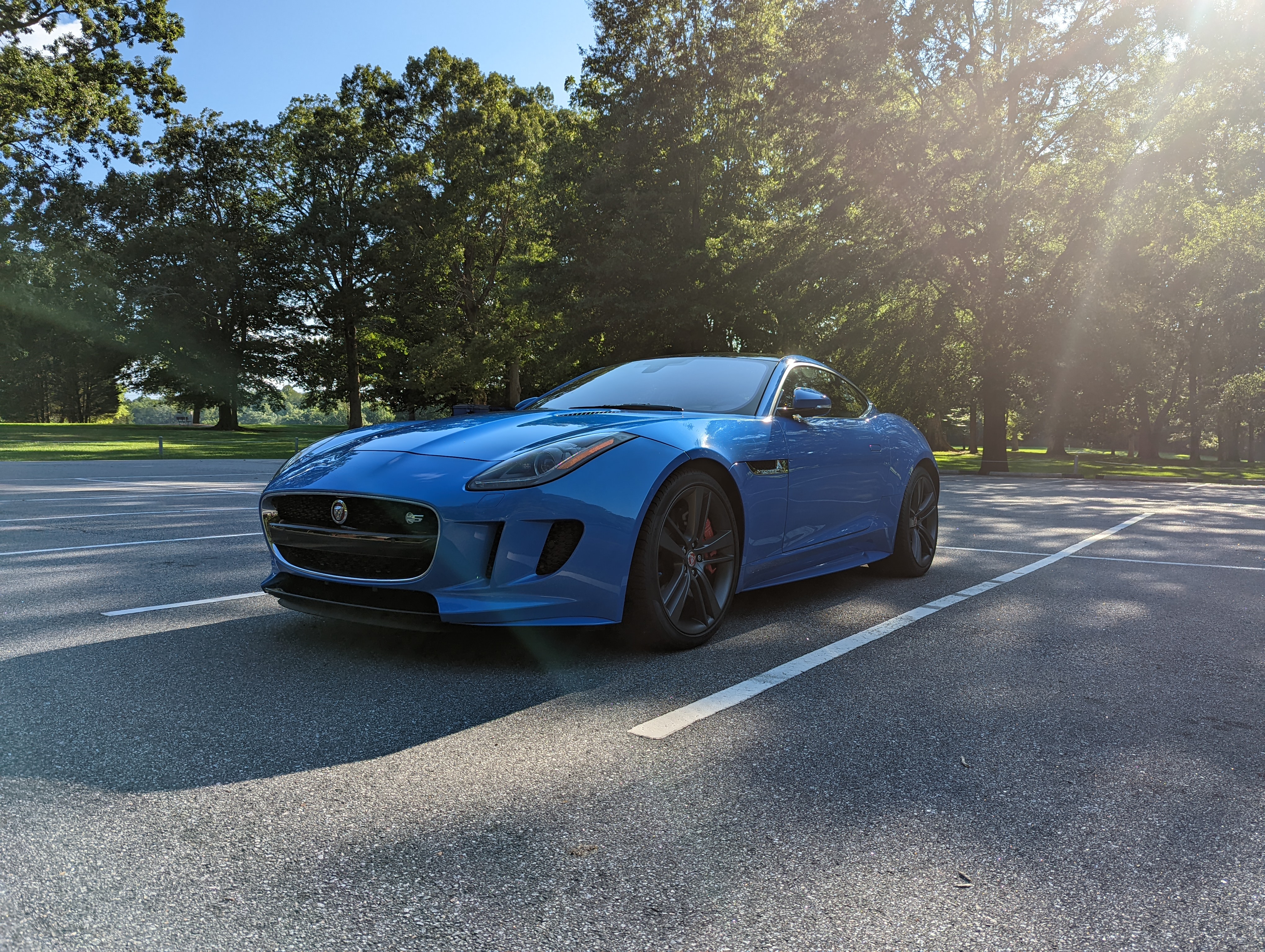

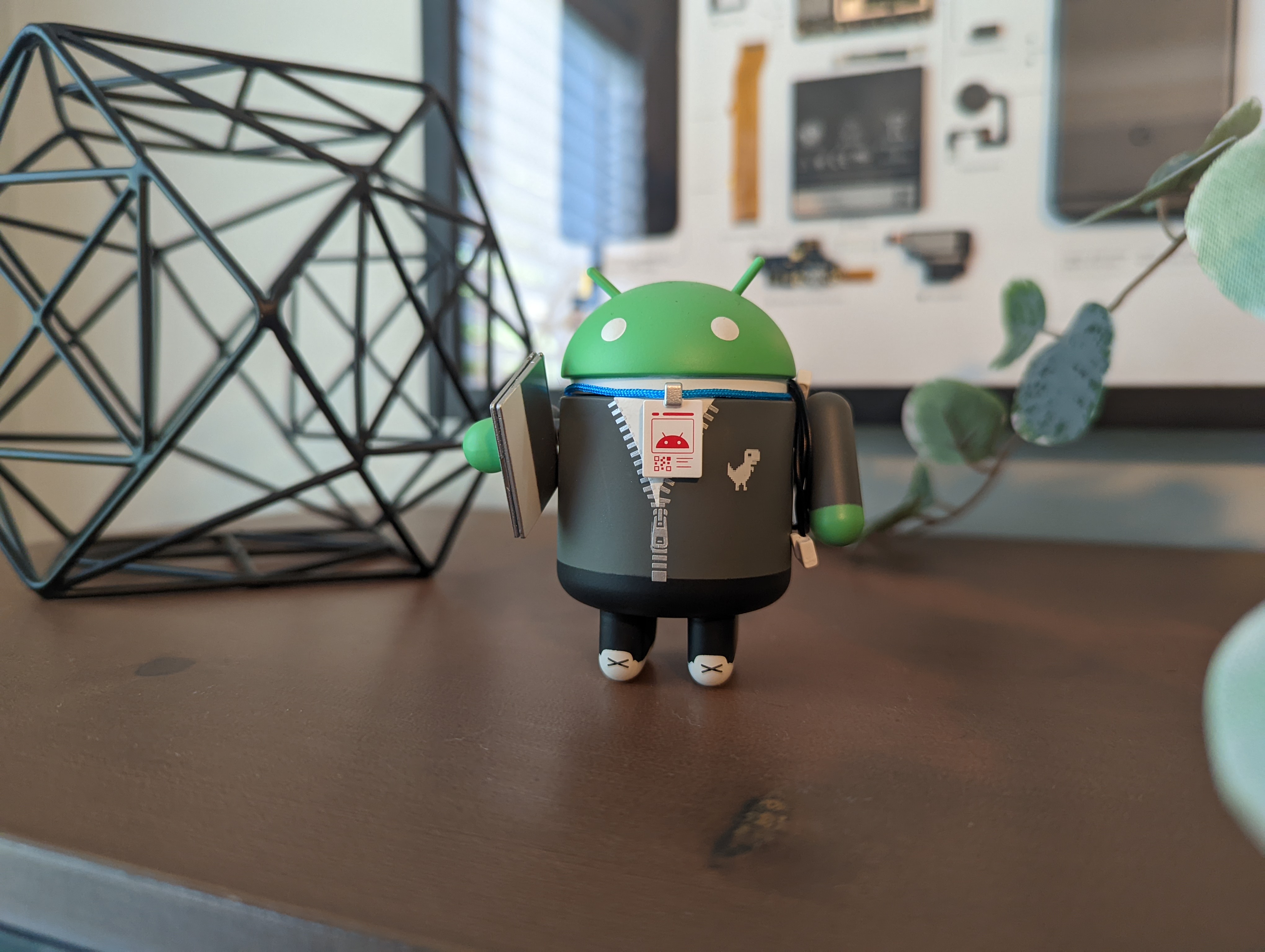

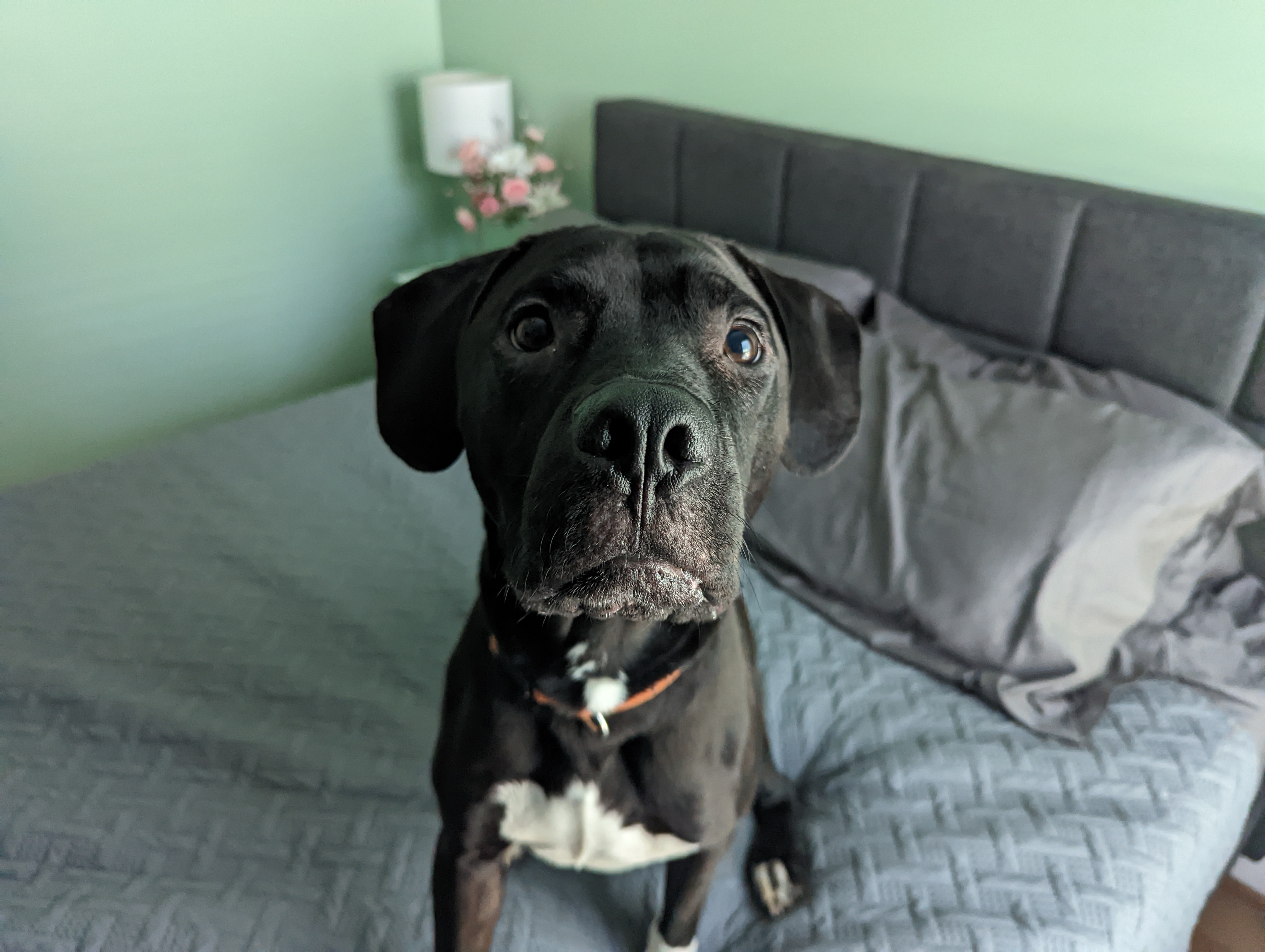
But realistically, it makes sense. With a flagship chip under the hood, cuts had to be made somewhere to hit this price point, and the camera makes complete sense. Even with that in mind, this is still one of the best smartphone cameras in the price range because it’s consistent.
That said, this feels like pushing it on how long Google can reuse this same old setup. It would be a stretch to include another 12MP sensor next year, and I really hope to see Google introducing something new, and particularly something sharper next time around.
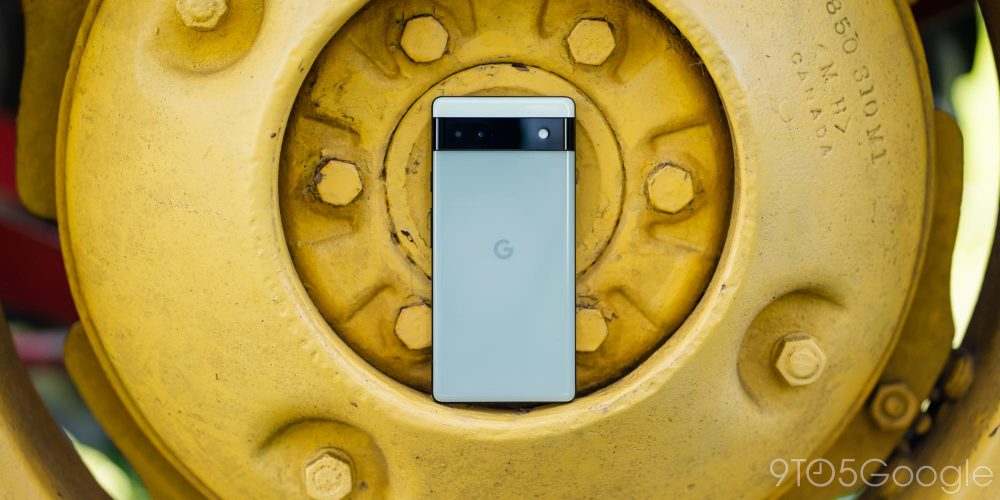
Tidbits |
Fingerprint Sensor
A common point of contention on the Pixel 6 and Pixel 6 Pro was the fingerprint sensor, which was criticized by many as being slow, inaccurate, and unreliable. Our take on the sensor was much less harsh, as we felt it was slow, but fairly reliable for the most part.
The Pixel 6a is a slight improvement on the whole. It feels a tick faster than the Pixel 6 Pro, but just barely. You’d really only notice the difference in side-by-side usage. In terms of reliability, I didn’t really have any complaints. A sweaty hand triggered a series of missed results, but that was the only time I had any problems. Even installing a cheap screen protector didn’t hurt the sensor, to the point where I didn’t even have to retrain my fingerprint.
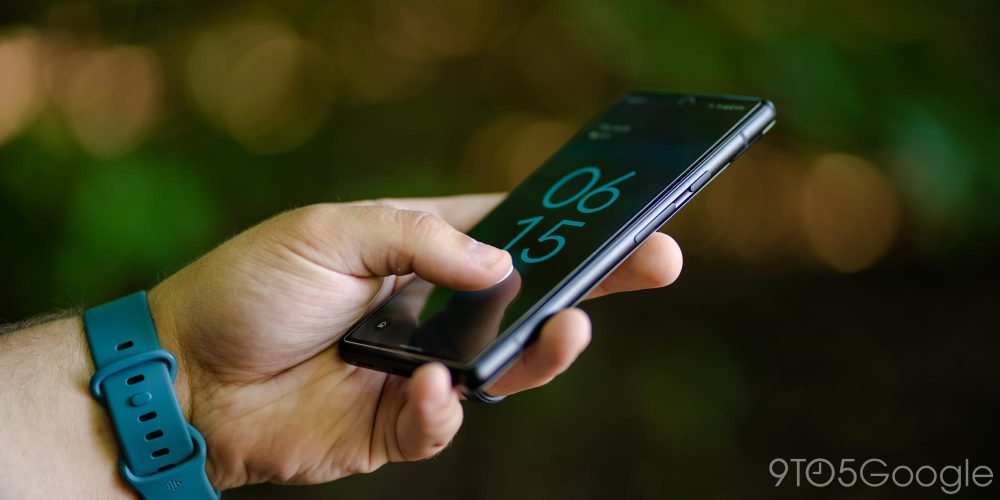
One weird thing is that you can only save four fingerprints versus five on the 6/Pro.
Haptics
The vibrations felt when your phone is ringing or in response to system elements is a minor aspect, but one that can go a long way in making a device feel more premium, or refined.
Google’s previous A-series devices have been less than impressive in this regard, but the Pixel 6a is not terrible. I’d described the haptics as tight, but not particularly powerful. The Pixel 6 Pro’s haptics are considerably more impactful and precise, but the Pixel 6a is no slouch. I feel less impact with the new shutter vibration in the Google Camera app, and typing in Gboard feels more buzzy than rumbly, but it doesn’t feel hollow like many other budget phones tend to.
Google’s official case still kinda sucks
To keep the Pixel 6a safe during our review period, we kept the phone in Google’s official case which is the same design that was used on the standard Pixel 6 and Pixel 6 Pro.
And still, the case is unimpressive.
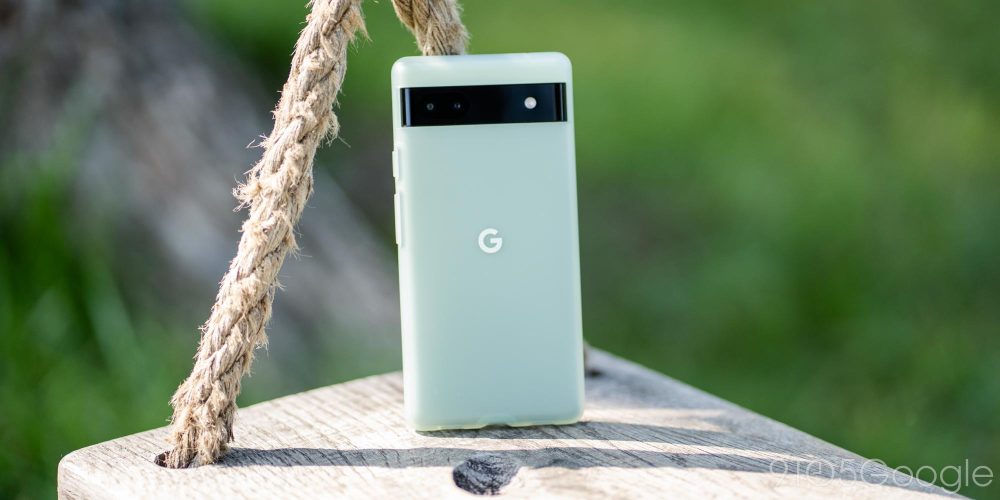
It’s solid as far as general protection goes and the quality of the buttons is solid, but the cutout for the USB-C port sits uncomfortably on your finger. If the way the material feels today is any indication, it will probably suffer the same yellowing fate as the cases for the Pixel 6 and Pixel 6 Pro. It’s not a particularly overpriced case at around $30, but you can do much better through third-party options.
Speakers
There’s really not much to be said about the speakers on the Google Pixel 6a. The bottom-facing driver backed up by the earpiece provides enough “oomph” for music and videos on social media, but it’s not a set of speakers I’d actively choose to use. I’d much rather connect to a speaker for listening to music at home, or earbuds while on the go. It has enough volume for the basics, but the standard Pixel 6 will outclass this experience both in terms of loudness and quality.
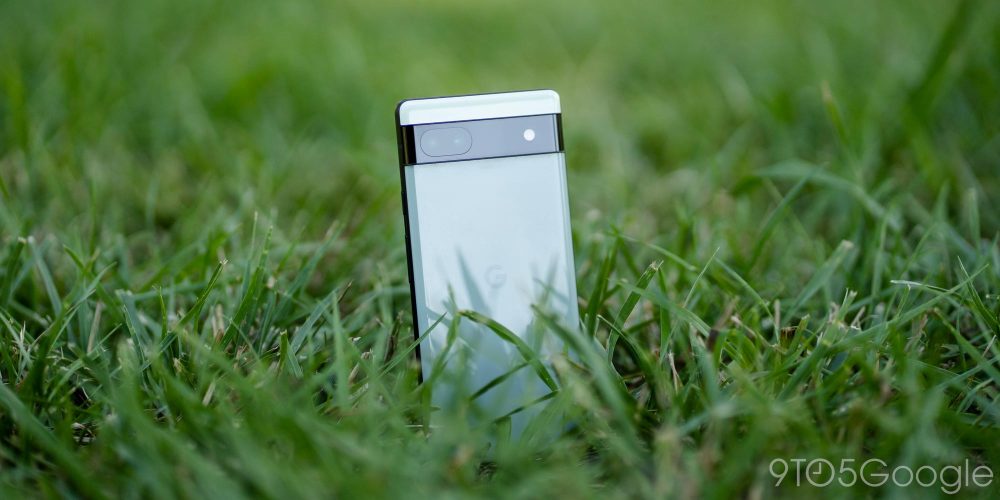
Final Thoughts |
If you’re still using a Pixel 3a, this is your sign to upgrade
As mentioned, this phone is coming out just in time for the Pixel 3a to be officially sunset. That phone’s final update has yet to arrive, but there’s only one more left.
While the Pixel 3a won’t just stop working after it gets that final update, it won’t get any further system features or, more crucially, security patches. We’ve voiced our distaste with Google’s decision to abandon its phones so quickly, but at this point, it is what it is, and the Pixel 6a has helped to usher in a new age for Google’s update policy.
If you’re using a Pixel 3a or Pixel 3a XL, the Pixel 6a is pretty much the ideal upgrade.
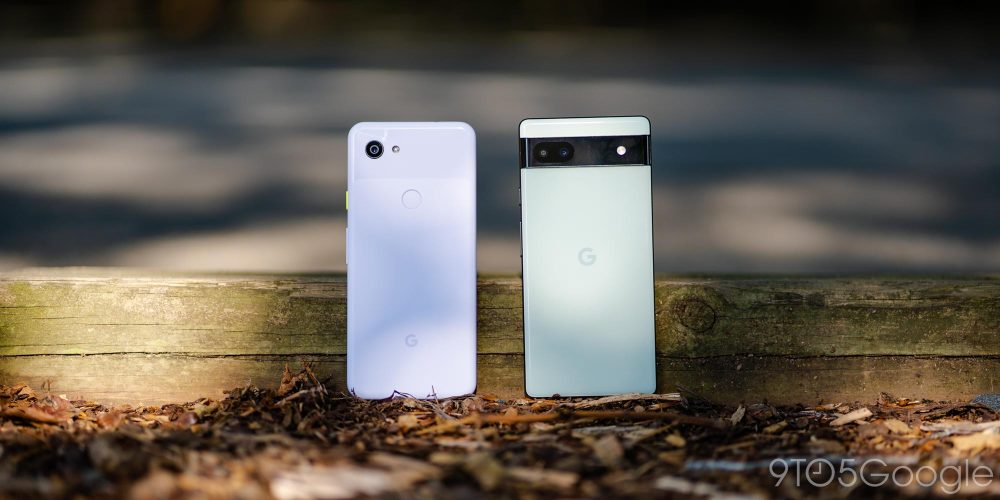
In terms of size, the Pixel 6a is roughly the same size as the standard Pixel 3a, just with smaller bezels. It also comes with the addition of an ultrawide camera, a much better display, and, most crucially, the major chip upgrade that is Google Tensor. Compared to the Snapdragon 670 found in that 2019 phone, Tensor is a massive upgrade. It’s even a huge upgrade compared to what was found in the Pixel 4a and 5a, if you’re looking to move on from one of those devices.
After our review first went live, Google also revealed a special bonus for Pixel 3a owners. Through the Google Store, the company will give users $300 for a Pixel 3a or Pixel 3a XL, and $295 even if the phone is cracked! Needless to say, it’s a killer deal. The Pixel 3a is unsupported at this point and sells for merely under $100 from used outlets. A $300 bonus is a tremendous deal and discounts the Pixel 6a to just $149 – plus you’re still eligible for a free pair of Pixel Buds A-Series! You can get the same trade-in value for the Pixel 4a or Pixel 4a 5G, which is an equally great deal for the former, given it retailed for just $349.
Consider this your sign. The Pixel 3a was and still is an excellent phone, but the Pixel 6a is an even better replacement for it.
Is it worth paying $150 more for the Pixel 6 instead?
Looking exclusively at Google’s existing lineup, the Pixel 6a is in a relatively strange spot. It’s incredibly similar to the Pixel 6 and Pixel 6 Pro thanks to the Google Tensor processor under the hood. Really, that’s a great thing – it means you are getting a great device regardless of what you pick.
But with only $150 between the $449 Google Pixel 6a and the $599 Pixel 6, it’s admittedly difficult to pick between the two. The extra cash, which equates to just a few dollars a month on most payment plans, adds a lot to the experience. The extra RAM and higher refresh rate lead to a much smoother experience. The 50MP camera on the Pixel 6 is noticeably better than the Pixel 6a’s 12MP camera in every regard. And wireless charging is always a nice addition too.
With the Pixel 6a, Google struck an excellent balance of price to performance, and you’re getting a genuinely great value out of this phone. If the additional features of the standard Pixel 6 are worthwhile for you, it’s certainly worth considering, but you can’t go wrong in either scenario.
Where to buy the Pixel 6a
The Pixel 6a is now available for pre-order for $449 from major retailers and carriers. Shipping and in-store availability starts on July 28.
Abner Li contributed to this review.
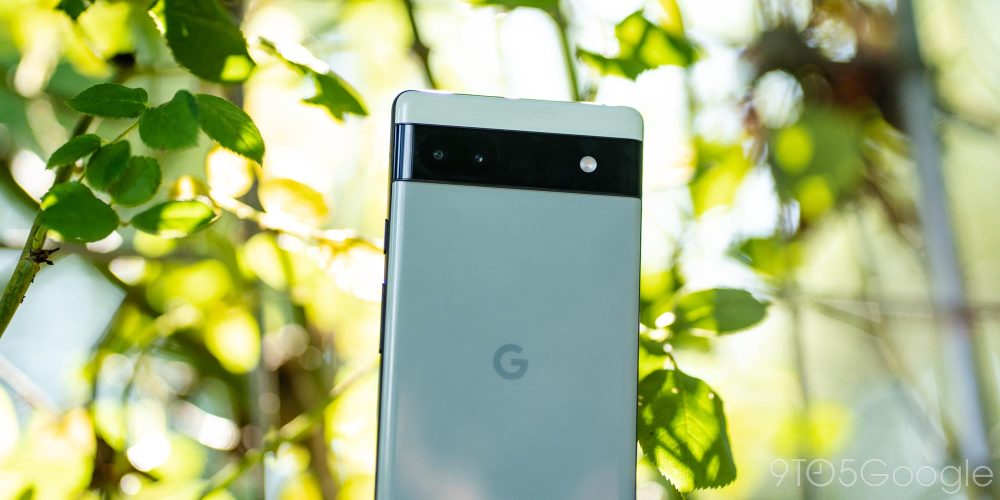
FTC: We use income earning auto affiliate links. More.

Comments